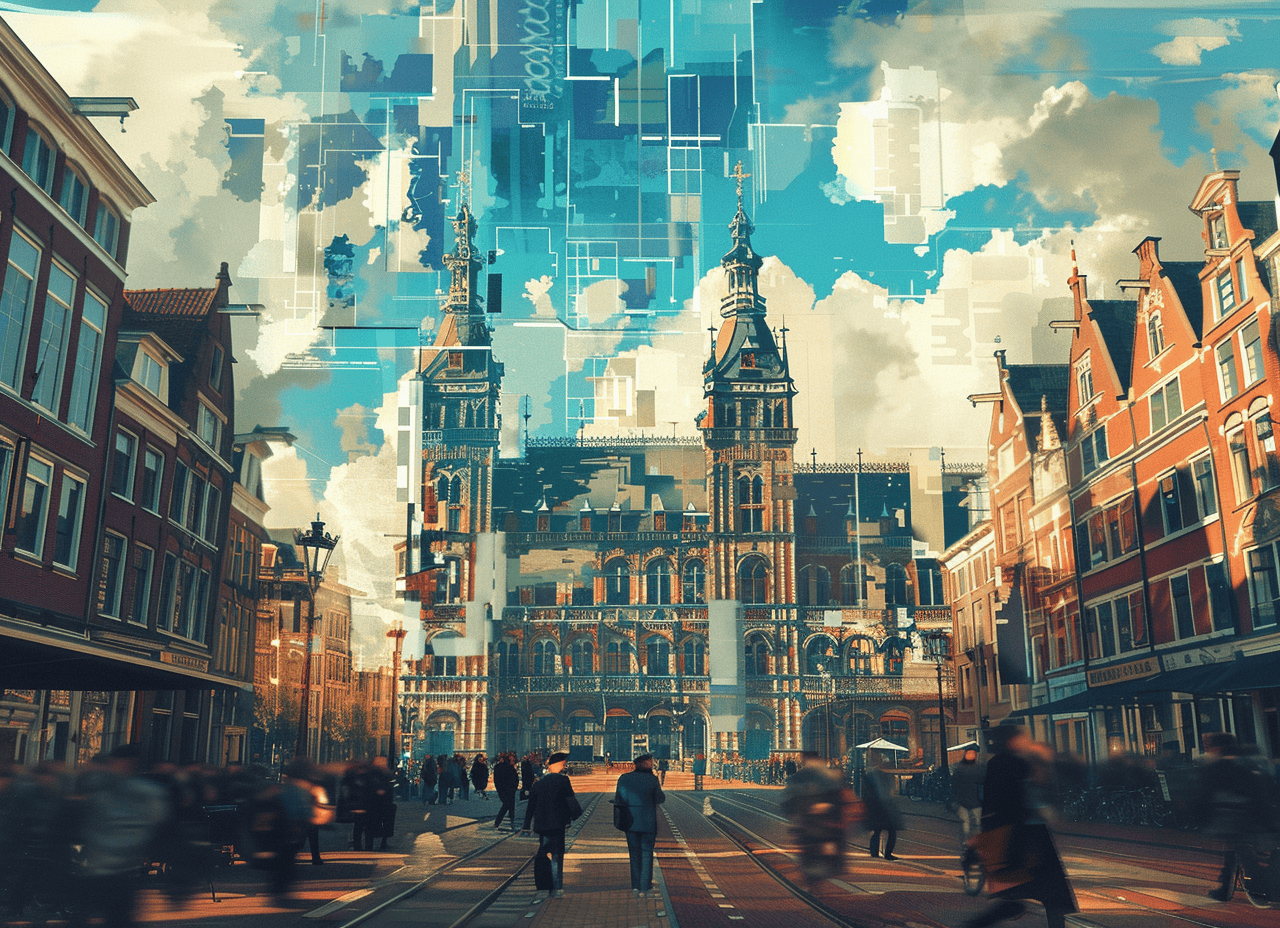
For some, Kings Day means strolling around the streets. The other drinks an oranjebitter in his favourite regular pub. For my grandmother, Kings Day meant a tompouce on the sofa with the television on. And for me it means, well, not so much. A day off, hopefully some sunshine and – should I feel like it – a terrace. I have never really been a super fan.
But, whichever way you look at it – friend or foe – every year is a celebration. King’s Day is a celebration of community, culture and tradition. But certainly also, and less often mentioned, of technology. In a way, the king’s birthday (former queen’s) is a kind of time capsule of technological progress.
Wilhelmina
On August 31, 1885, Princess Day was celebrated in the Netherlands for the first time, in honor of Princess Wilhelmina’s fifth birthday. This celebration marked the precursor to Queen’s Day. The liberals aimed to emphasize national unity through the festivities. In the early years, the celebration was characterized by traditional parades and folk dances. Much technology was not yet in evidence, although radio was cautiously starting to play a role.
Juliana
September 1948: Queen Juliana succeeded her mother. On the balcony of Soestdijk Palace, the Queen walked with her family past a line of people stretching for kilometers, who were giving flowers and gifts. From the 1950s onward, this spectacle was televised.

Since the rise of television, the NOS (formerly NTS) has been producing programs about the Royal Family. Initially, the coverage was obedient and reverent. However, over time, that changed. Thanks to television, the visibility of the modern monarchy grew.
Beatrix
Queen Beatrix decided, upon her accession in 1980, to continue celebrating Queen’s Day on April 30th, out of respect for her mother. She admitted once that technical gadgets were not her thing. And yet, the world around her was digitizing rapidly. That becomes all too clear for anyone who watches an old television recording. People are standing with their mobile phones in hand. In 2011, Vodafone reported that mobile internet traffic on the holiday had increased by 300 percent. An indication that from then on, mobile phones really became an integral part of our lives.
Willem-Alexander
Since 2014, King’s Day has been celebrated on King Willem-Alexander’s birthday. Since then, numerous technologies have taken off. Drones provide security and can shoot hostile drones out of the sky. And during the corona period, the role of the internet was heavily emphasised. There was hardly a cosy people’s party. However, there was an extensive online programme.
During that programme, it was shown how the king celebrated his birthday in Eindhoven. He got behind the wheel of a more than 55-year-old DAF Kini with an open roof. Back in time for a moment. But modern technology is not missing either. Philips showed the royal family the future of healthcare through VR glasses.
Then we come to today. Instagram is flooded with selfies and pictures of the royal family. Sometimes we doubt whether the images are real, or AI-generated. Midjourney, another clever example of AI, shows us how Rembrandt, if he set up his easel in an orange-coloured street in Emmen, would have depicted the city (see image above).
And apps help us get around crowds. Or tell us which stage to expect our favourite band on. As long as we put that phone away too. Because before you know it, your shuffle is over. Or someone is snatching your cake!

